All about aspen

It is important for almost any resident of Russia and other countries to know everything about aspen, about how trees and leaves look, because you can come across it very often. Many people may be interested in where common aspen grows, and what are its properties. In addition, it is worth familiarizing yourself with the description of the poplar trembling in summer and autumn.

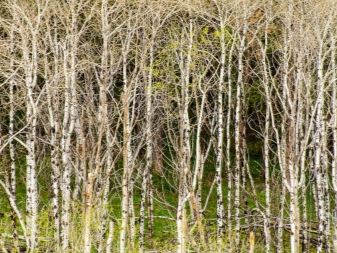
What it is?
Aspen has a number of synonyms: common aspen, Euro-Siberian aspen, trembling poplar - but in any case, it is one and the same plant. No wonder, because such a tree is botanically related to the genus of poplars from the willow family. The trunk of this deciduous tree develops in a columnar pattern.
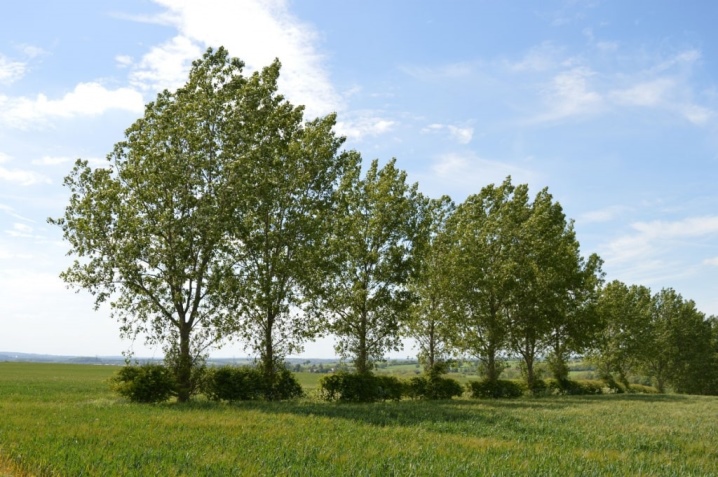
The largest specimens reach 1 m in girth.At the same time, the height may well be up to 35 m.
The aspen root system is characterized by a deep underground location. And also it is worth emphasizing the active formation of root suckers. Smooth bark will develop on young aspen. A light green color is typical for it, although a gray-green bark is also not excluded. The main part of the wood pulp is colored white, but always a greenish note is mixed with it.
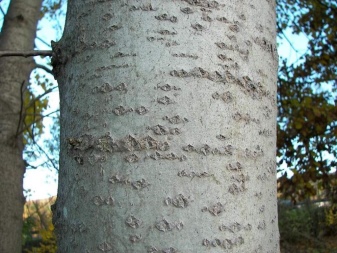
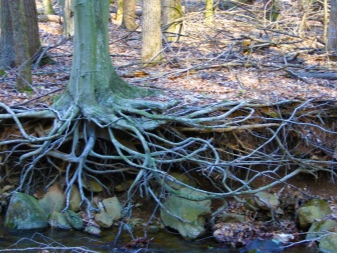
It is not difficult to distinguish aspen from other trees by description - its most important characteristic feature, which has entered even folklore, is a leaf trembling even against the background of almost complete calm. However, there is absolutely nothing mystical about such a fact. The fact is that the aspen leaves are dense and stick to thin petioles. Therefore, they are much more susceptible to even very faint breezes, not felt by humans, which do not sway the foliage of other species. The jitter effect is explained by the small amplitude of such movements and the gradual attenuation of the pulses.
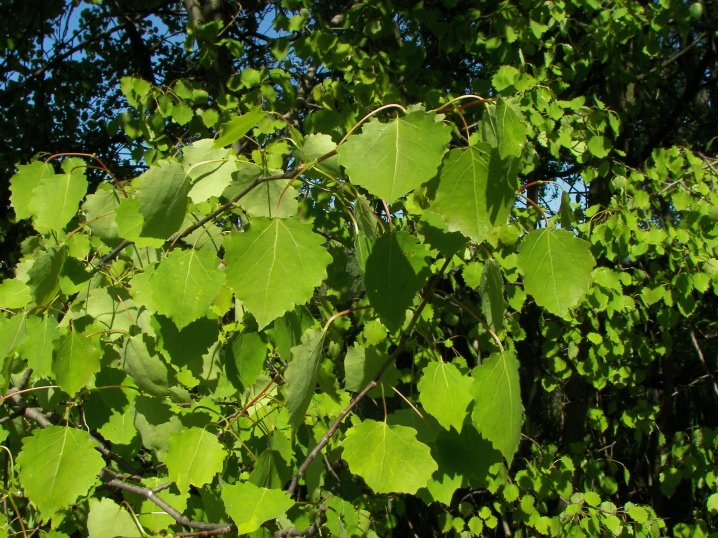
Significant characteristics that also make it possible to recognize an aspen with confidence are:
-
the next arrangement of leaves;
-
the rounded or diamond-shaped shape of this foliage;
-
crenate margins and pinnate venation;
-
lateral flattening of the petioles from above;
-
dioecious nature of plants.
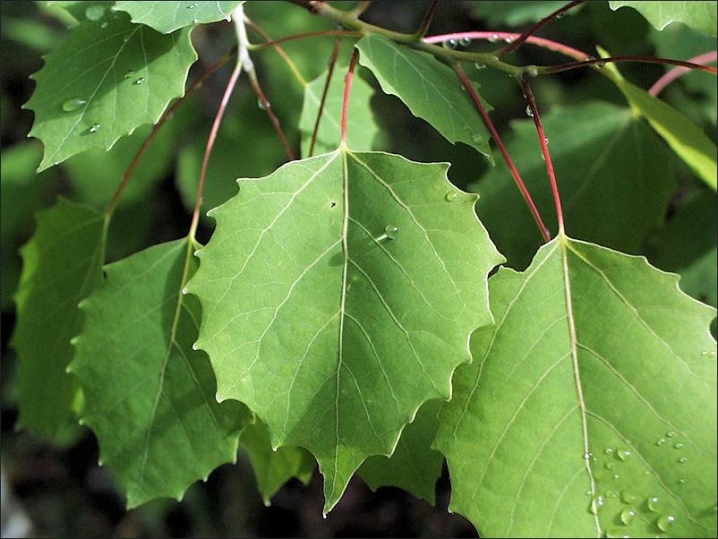
Aspen flowering is not very expressive. And only observant people will be able to find out that it began, it is difficult to determine at a cursory glance. The flowers of this tree are not only small, but also not striking. They are grouped into dangling earrings.
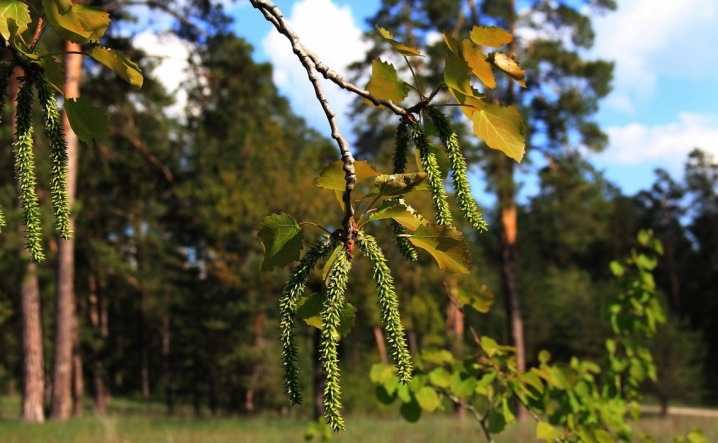
The trembling poplar blooms only until the leaves begin to bloom.
The leaf looks very simple in summer and spring - it is green and shiny, and in autumn it can be colored in:
-
Orange;
-
yellow;
-
red colors.
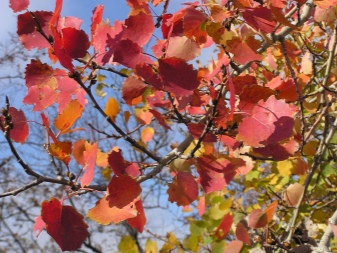
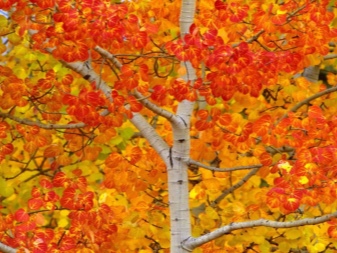
The fruits of this tree are of the capsule type and contain small seeds inside. Old branches break badly. Leaf scars can be seen without difficulty. The color buds are thick and dark-colored, mostly greenish-chestnut or reddish-brown. Their stickiness is not too great.
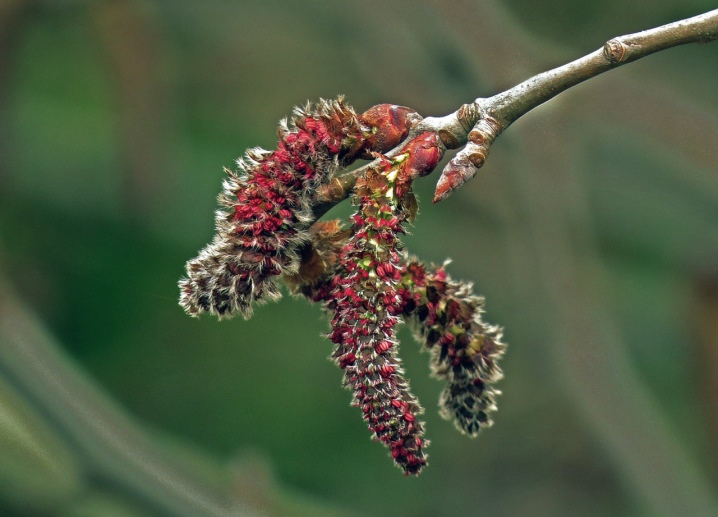
Aspen pollen can be carried for miles. Its long-distance movement is largely ensured not only by its lightness, but also by special fibers with a high sailing effect. And if a self-sown aspen tree suddenly appeared, then it is not at all necessary that the original specimen lives somewhere nearby. Under normal conditions, the life expectancy of aspen is 60 to 80 years. However, with very careful care and on good soil, it can even reach 100 years.
True, the quality of wood at a later age is low, and only specimens not older than 40-45 years are of industrial importance.
Along with the common aspen, there is also its triploid variety. But this is already a rather rare tree. The difference is the larger leaf size and dark gray bark. The earrings are also large, they can be 25 cm. In terms of strength, the triploid version is very good. It is very much appreciated by woodworkers.
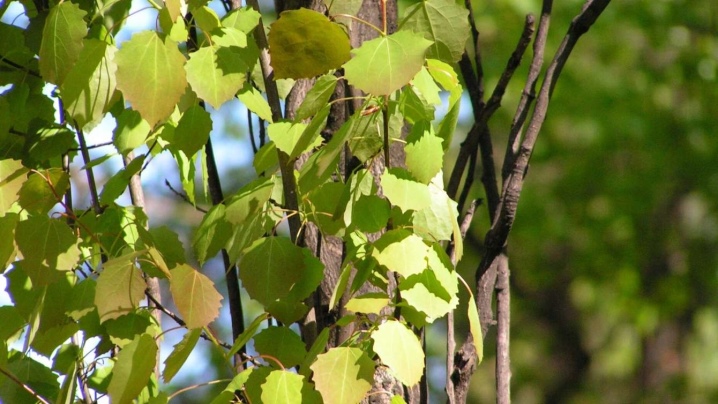
Spreading
Aspen grows in Russia and several other countries. You can see it:
-
in forests;
-
in the forest-steppe;
-
at the intersection of forests and tundra.
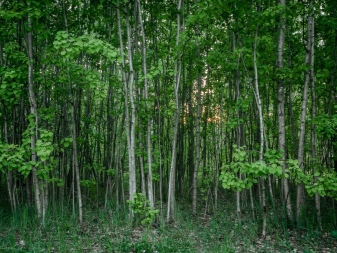

Such a tree is found in the depths of the forest, and on the edges, and on the banks of water bodies. In some cases, it grows on dry sand and in clearing sites, in ravines. Even marshes and mountains (up to the upper border admissible for a forest) do not serve as barriers. Soils for aspens are not very important. Both pure aspen forests and thickets are known along with:
-
pine trees;
-
firs;
-
birches;
-
larch trees;
-
oak trees;
-
alders.

In the steppe areas, aspen trees form colonies called pegs. Some of these colonies can cover large areas, up to several hectares. Outside Russia, aspen is found in:
-
European countries;
-
Mongolia;
-
Kazakhstan;
-
China;
-
South Korea.
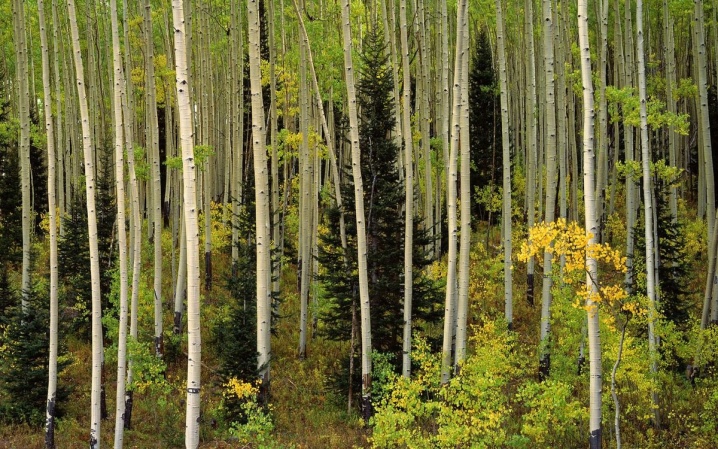
Aspen almost always populates well-lit areas. Of course, it also grows in shaded places. But there the overall dimensions will be small. The growth rate depends on the fertility of the soil. In loam and swampy areas, the likelihood of death is quite high.
Young specimens can drop branches. And this is not due to mechanical destruction, as is often thought. The cut is usually straight and smooth. This discharge allows the plant to defend itself against nutrient deficiencies. It can also throw off the leaves.
Basic properties of wood
Aspen wood is always strong and dense, its annual rings are poorly visible. Its structure is almost uniform. The center of the trunk is less humid than its outer perimeter. Wood pulp is white, gray-white, occasionally greenish in color. The rays departing from the center are invisible on the cut.
When the aspen has just been felled, the average humidity reaches 82%. At a particular time in a particular place, it can vary greatly. The highest recorded moisture content (after soaking) can be 185%. If the air is very humid, then the aspen will actively draw in water, but its loss in a dry environment will also occur more actively. The resistance of the aspen massif to biological influences is very low - it belongs to the lowest class.
Cutting this wood with sharp tools is pretty straightforward. Sawing and cutting with both hand and power tools is very easy. Peeling, splitting and milling are also quite easy.

It is difficult to polish aspen, but it is decently impregnated and reacts well to stain. When dried, this material adheres perfectly.
Reproduction
Aspen seeds grow into sprouts in a few days. But this activity also has a downside - the seeds that have fallen out of the boxes in large quantities die. Therefore, for work, it is necessary to take only fresh planting material, and do everything very clearly. Pecking is guaranteed only in high humidity on bare ground. In the grass and fallen leaves, typical of any forest, aspen seeds are rarely rooted.
For practical purposes, aspen trees are propagated mainly by cuttings. To do this, it is best to harvest them from one-year offspring. It is preferable to root cuttings not in the open air, but in greenhouses or under a synthetic covering. Be sure to provide the optimum temperature for each region and high humidity. Advise:
-
take mature cuttings with a pair of buds;
-
use sand as a substrate, or a combination of 1 share of peat with 2 shares of sand, or a combination of sphagnum peat with coarse sand;
-
process planting material with pyrogallol;
-
to lay uterine plantations from rooted green cuttings for the purpose of further vegetative propagation.

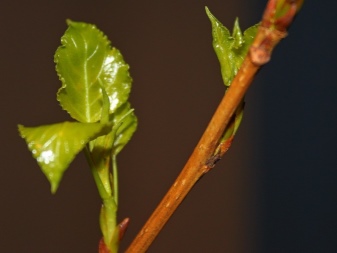
Applications
Construction
The use of aspen wood in the construction of houses and other buildings has good prospects. Yes, it has flaws - but any building material has its weaknesses. The spread of construction from aspen is hindered primarily not by its real shortcomings, but rather by stupid prejudices. The combination of hygroscopicity and quick release of moisture is very suitable for baths, saunas and similar buildings.
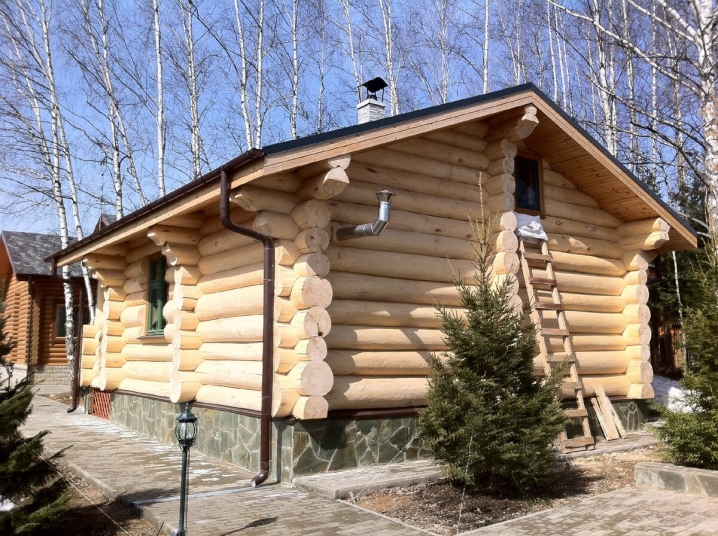
In addition, they will serve for a long time and reliably, without emitting any resin, but spreading a pleasant smell.
Aspen is inexpensive. In addition to the already mentioned advantages, it is also bactericidal. But it should be noted that only a small part of the sawn timber is of a sufficiently high quality. Shrinkage is very pronounced, and therefore, in the process of mandatory drying, the wood will curl and turn out. You will have to control the humidity very carefully.
At woodworking enterprises from this breed they make:
-
boards;
-
Chipboard;
-
Fiberboard;
-
timber;
-
round timber;
-
reiki.
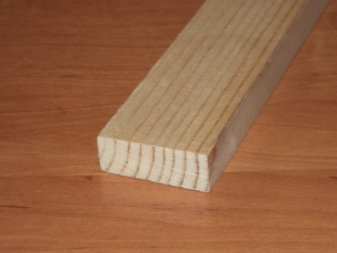
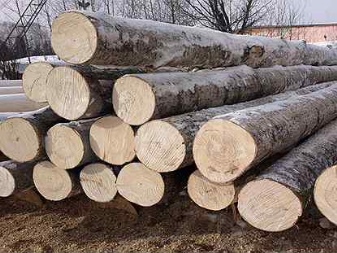
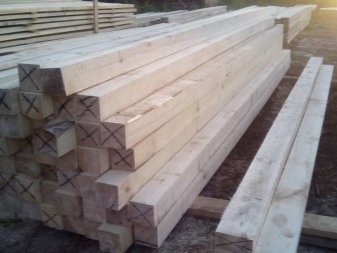

Furniture manufacture
Furnishing baths, saunas, kitchens, swimming pools and other rooms with high humidity with aspen furniture is a perfectly reasonable solution. It can be used both outdoors and in unheated rooms. Such products are relatively inexpensive. Their bactericidal properties make them a good choice for children's rooms.
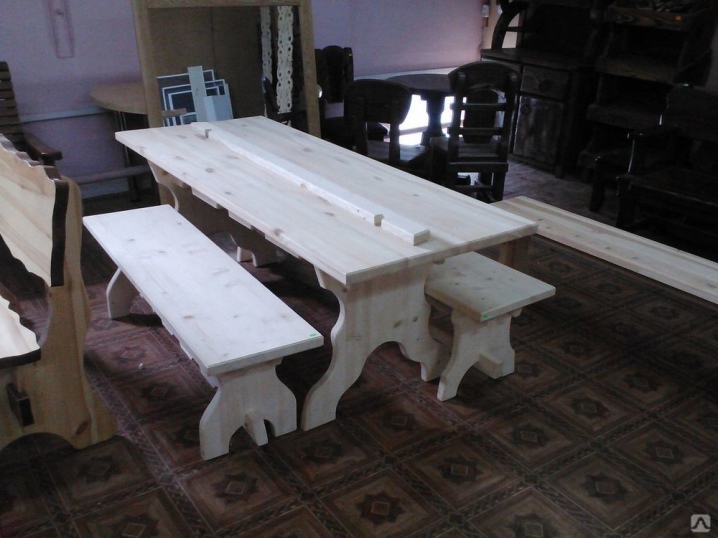
True, the appearance is not always good - which, however, is very appropriate when decorating in a rustic, hunting style, in a chalet, rustic, ecological or brutalism style.
In addition, visual imperfections are well eliminated by staining. An aspen massif can be useful for obtaining:
-
tables;
-
cabinets;
-
chairs;
-
boxes;
-
secretaries;
-
buffets;
-
shelves;
-
shelving;
-
frames of upholstered furniture.

Landscape design
But all of the above options, as well as the fact that interior doors and country log cabins are made of aspen and use it for carving in an artistic key, does not exhaust the entire range of applications. It turns out to be quite reasonable to decorate with such a tree various green areas, including parks and squares in cities. Fallen leaves will quickly saturate the soil with useful substances almost without additional fertilizers. This kind of compost is good in any private garden or flower garden. Aspen roots are able to strengthen crumbling river and lake shores, ravine slopes.
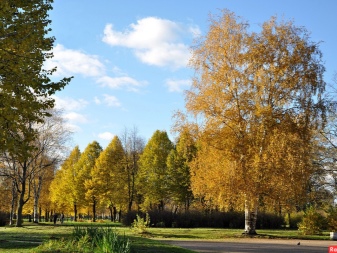
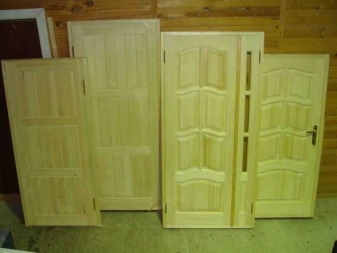
Densely leafy aspen will cover other plantings from wind and drafts. It grows quickly, which is very important for landscaping large areas. Even the strong gas pollution created by cars and industry will not be an obstacle to the cultivation of this tree. It looks good both in solitaire format and in group disembarkation. It will also be possible to create a hedge.
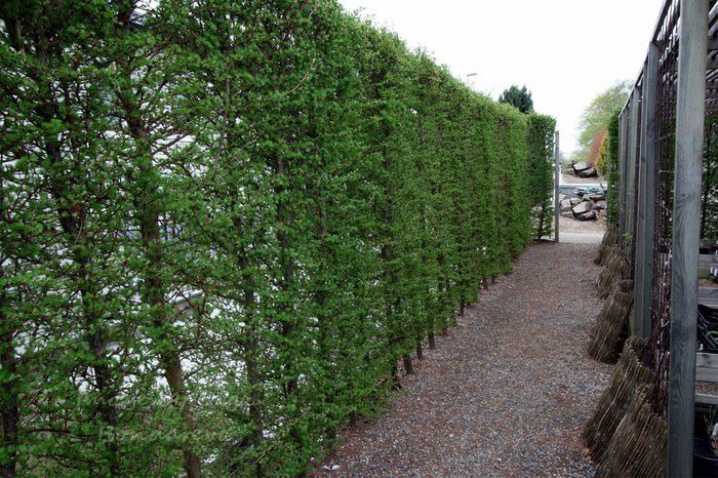
But even this does not exhaust the entire spectrum of aspen applications. The bark of this tree has long been made a source of salicylic acid. It is very much appreciated by the cosmetic industry, since such a substance stimulates the formation of collagen, allows you to achieve smooth skin. And:
-
branches are used for pickling cabbage;
-
aspen shavings become a good fuel for thermal power plants, insulation;
-
private houses use aspen firewood, sawing waste and pellets;
-
on the basis of this wood, cardboard and paper are made;
-
aspen veneer is a raw material for the production of plywood, toothpicks, matches, baskets, boxes, boxes, packaging;
-
veneer becomes an excellent solution for obtaining household items;
-
wood burned in a vacuum environment turns into excellent charcoal, needed by the chemical industry, doctors, manufacturers of respiratory protection equipment and artists;
-
the bark is used for tanning leather, for the production of red and yellow dyes;
-
flowers are excellent melliferous plants and allow you to get glue.
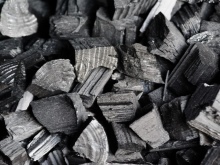
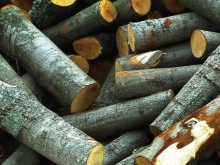
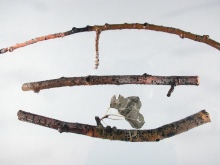
Interesting Facts
Aspen is distinguished by a very small ratio between the height of the trunk and its section at the very ground, therefore it always looks elegant. Despite its excellent growth rate, this tree suffers from many diseases, so it can easily die.
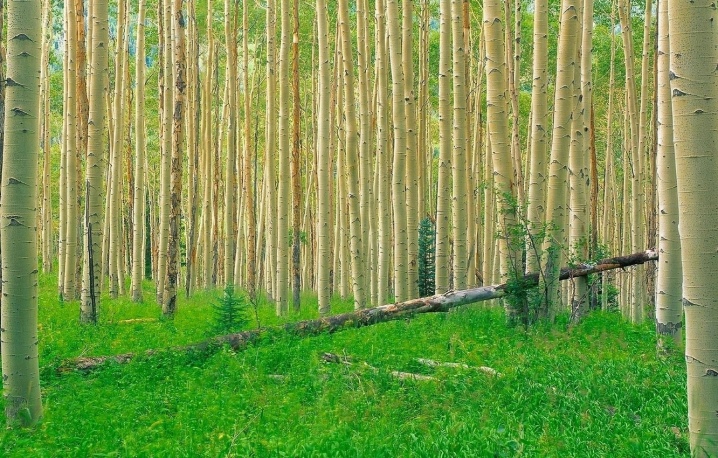
But he almost does not need pollinating insects. Wind pollination plays a major role.
Other important facts:
-
young trees have significantly larger leaves than adults;
-
they can reproduce by shoots, like poplars;
-
a close biological relative of aspen is willow;
-
its leaves are eaten with pleasure by deer and elk;
-
the roots of such a tree in total cross-section can reach 100 m;
-
the cap of the boletus is colored in the same way as the autumn aspen leaves;
-
the substances in the composition of this tree have an antitussive effect, suppress inflammation and make it possible to activate the withdrawal of bile.
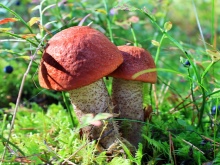
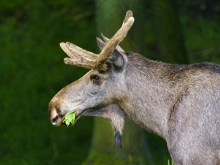
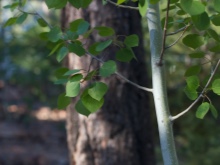
In some tree nurseries, aspen even has to be dealt with. It displaces oaks and other slow-growing species. It will be necessary to uproot unnecessary aspen trees for a long time and persistently, because the plant spreads over a long distance. In many cases, however, aspen plantations improve the condition of the soil, as they saturate it with useful substances; loosening is also noted.
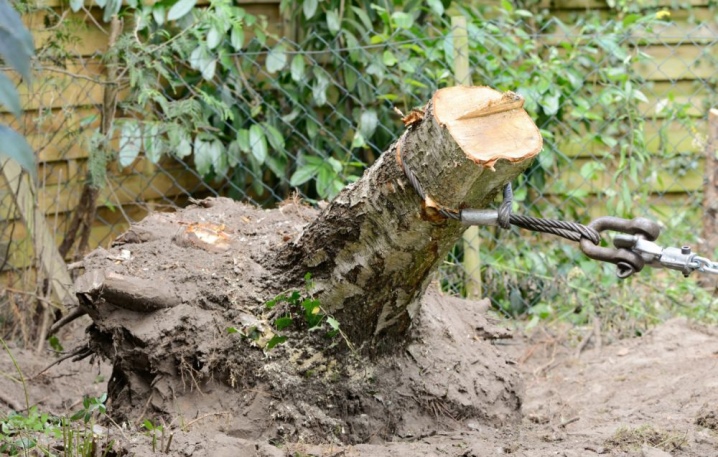
It is with aspens that I often begin to restore forests on burnt-out areas to help the soil after exposure to temperature.































































The comment was sent successfully.